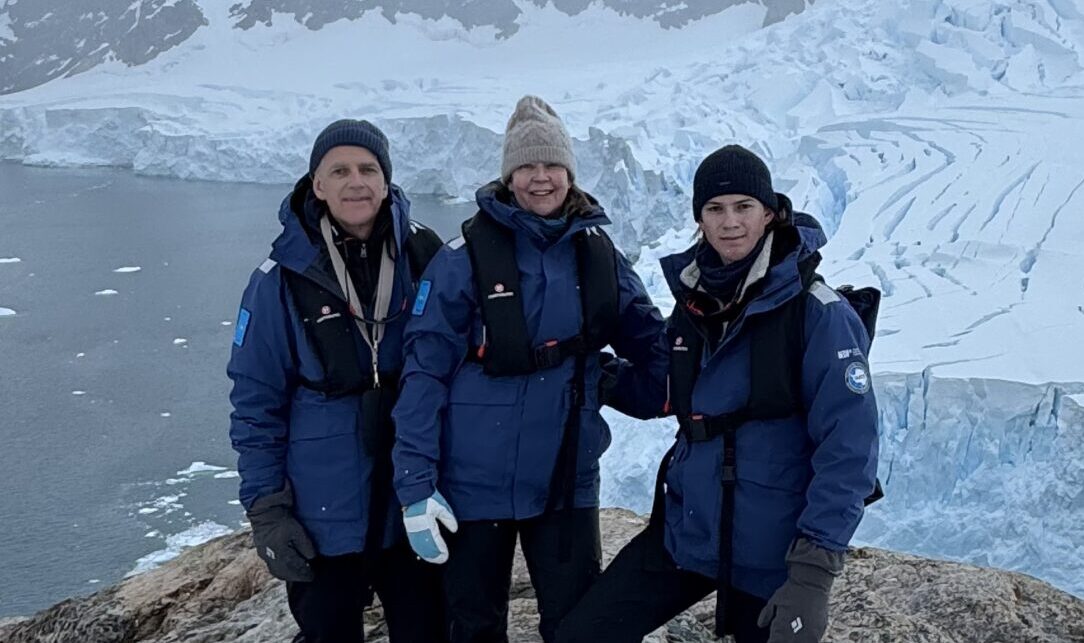(22 June)
The first part of the road was the same dirt track as yesterday. Then we continued north on the gravel road we had come on yesterday from the south. We did meet quite a few more cars today. On some pick-up trucks people were riding in the back. Can not have been very nice with all the dust caused by the tires.
On our way between Osire and Etosha, we made a lunch stop at Otjiwarongo Crocodile Farm. It was a nice little place with a beautful garden, and lots of carp in a pond. We didn’t pay to see the crocodiles, just had them for lunch. It seemed to be a place where locals came for lunch as well. There was even a children’s birthday party in one part of the garden.
During our drive we saw three oryx (antelopes) running along the highway. And, for sure, no drive without warthogs.
At the gas station in Otjiwarango a pick-up truck with two little kids in the back drove by. Whatever happened to seatbelts and carseats?
We arrived at our lodge in the afternoon, in good time before dark. Spent the afternoon doing laundry and watching birds outside our little cottage, then a nice dinner before bedtime.
Otjiwarongo was about half way between Ouhave and our next stop Etosha . Total driving time was about 4,5 hours, with lunch it took us about 6 hours.
